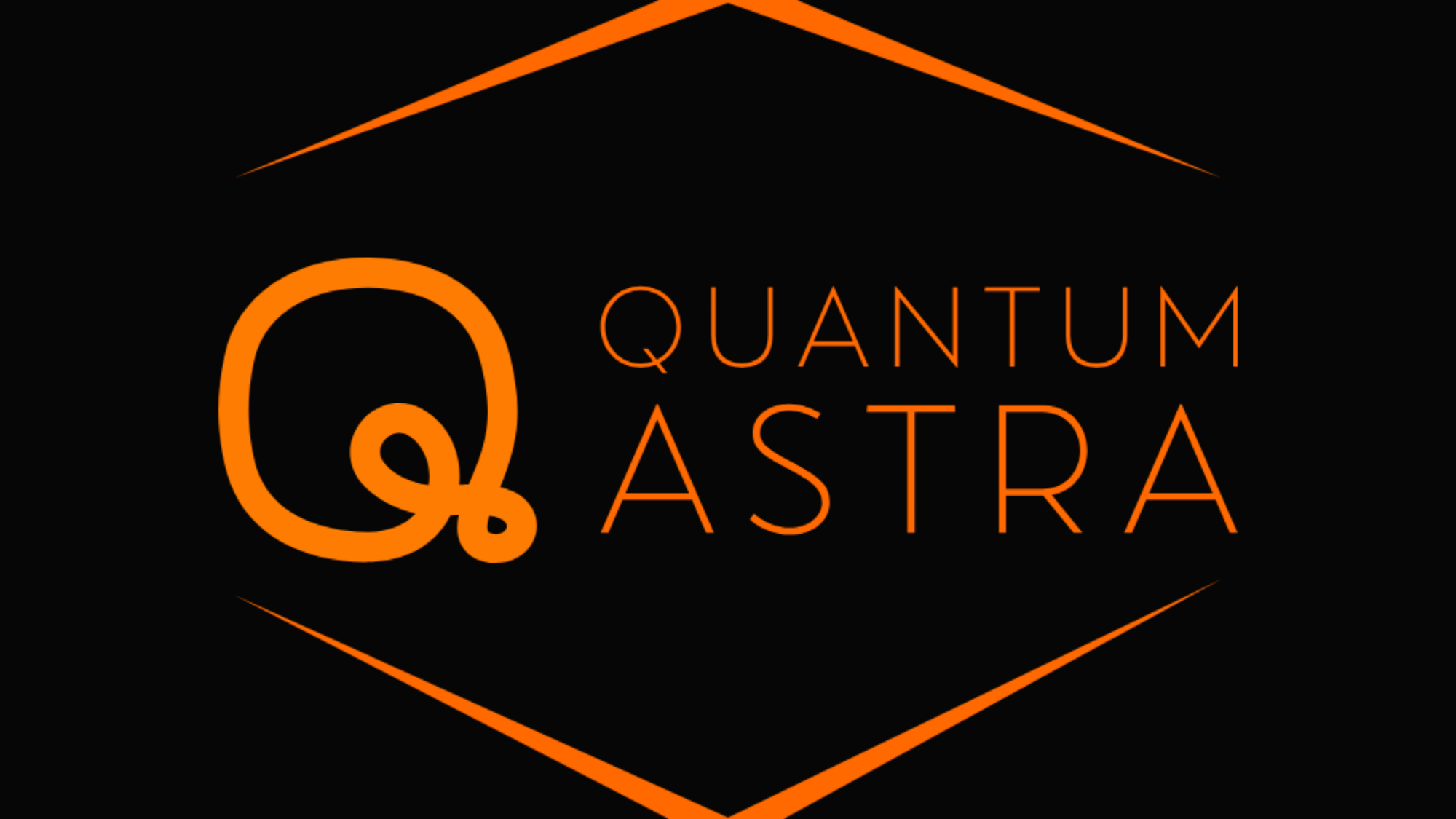Greetings, fellow quantum enthusiasts! I am Prince N, honored to serve as a Quantum Youth Ambassador at QuantumAstra, where we embark on thrilling adventures into the fascinating realm of quantum science and technology. Today, I am thrilled to share with you the remarkable insights and innovations that emerged from our recent K-12 challenge, where young minds illuminated the quantum landscape with their creativity and ingenuity.
In the dynamic landscape of education, experiential learning stands out as a cornerstone for fostering innovation and deepening understanding. By providing hands-on experiences and real-world applications, educators empower students to actively engage with complex concepts and develop critical thinking skills. In the realm of quantum education, where concepts often defy classical intuition, nurturing experiential learning becomes paramount in unlocking the potential of future quantum scientists and engineers.
QuantumAstra, a pioneering startup in the field of Quantum Science and Technology, recently hosted a challenge aimed at nurturing young minds’ curiosity and ingenuity in the quantum realm. The challenge, open to students from kindergarten to 12th grade, sparked a wave of creativity and innovation, revealing astonishing projects that showcased the budding brilliance of tomorrow’s quantum scientists. Let’s delve into the remarkable winning projects and the young minds behind them:
1. First Place: Venice Sanqui – Quantum Science Simulation Game
Project Description: Venice Sanqui’s project titled “Quantum Science Simulation Game” is a captivating endeavor aimed at making quantum concepts accessible and engaging for younger audiences. Through a Scratch simulation game, Venice introduces players to fundamental quantum experiments such as the Double-Slit Experiment and Schrodinger’s Cat Experiment. The game, guided by Handy the robot, offers simplified explanations of complex phenomena like Quantum Interference and Superposition. Venice’s project not only serves as an educational resource but also demonstrates their deep understanding of quantum principles. By infusing vibrant visuals, simplified explanations, and interactive gameplay, this project is a testament to Venice’s creativity and dedication to bridging the gap between quantum science and young learners.


2. Second Place: Ananya Srivatsan – Applications of Quantum Theory on the Real World
Project Description: Ananya Srivatsan’s project takes a practical approach to demonstrate the applications of quantum theory in the real world. Through a comprehensive essay, Ananya connects past science fair projects to quantum concepts such as the Double Slit Experiment, Quantum Key Distribution (QKD), and Ionizing Subatomic Particles. Each experiment serves as a tangible example of quantum phenomena, illustrating concepts like wave-particle duality and quantum encryption. Ananya’s project not only highlights the relevance of quantum theory in everyday life but also inspires young scientists to explore the intersections between theory and application.


3. Third Place: Yuvan Vighnesh – Quantum Computing Python Program
Project Description: Yuvan Vighnesh’s project offers a glimpse into the realm of quantum computing through a Python program. With functionalities ranging from text-to-binary conversion to superposition and binary-to-decimal conversion, Yuvan’s program provides users with hands-on experience in quantum operations. The intuitive interface and visual representations of quantum computing processes make complex concepts accessible to learners of all levels. Yuvan’s project exemplifies the power of programming in demystifying quantum mechanics and paving the way for future innovations in quantum computing.


Quantum Creative Explorer Award Winner: Adam Holt – A New Artistic Visual Interpretation of Quantum Interference
Project Description: Adam Holt’s artwork transcends traditional boundaries to offer a visual interpretation of quantum interference. Through captivating imagery featuring q-bits represented as red and blue spirals, Adam captures the essence of quantum superposition and entanglement. The complementary colors symbolize the intricate interplay of quantum states, while the vortex signifies the probabilistic nature of quantum algorithms. Adam’s artwork serves as a mesmerizing reminder of the beauty and complexity inherent in quantum phenomena.


Honorable Mentions: Shriya Tandon, Ian Varghese, and Tashvi Pragna Pasupulati
QuantumAstra’s K-12 challenge exemplifies the transformative power of experiential learning in quantum education. Through projects like Venice Sanqui’s Quantum Science Simulation Game, Ananya’s practical setup, and Yuvan Vighnesh’s Quantum Computing Python Program, students not only grasp abstract quantum concepts but also actively participate in creating tangible representations of these principles. By immersing themselves in interactive simulations and hands-on coding exercises, participants develop a deep appreciation for the intricacies of quantum mechanics while honing their problem-solving abilities.
Moreover, experiential learning plays a vital role in addressing the skill gap prevalent in the quantum industry. As the demand for quantum expertise continues to rise, there is a pressing need to equip the next generation with the requisite knowledge and skills to drive innovation in this field. By providing opportunities for practical exploration and experimentation, educators bridge the gap between theoretical understanding and real-world application, preparing students to thrive in the rapidly evolving quantum ecosystem.
In alignment with the United Nations Sustainable Development Goals (SDGs), quantum education holds the promise of advancing several key objectives. SDG 4: Quality Education emphasizes the importance of equipping individuals with the knowledge and skills needed to promote sustainable development. By integrating quantum education into school curricula and extracurricular activities, educators contribute to building a future-ready workforce capable of tackling global challenges.
Furthermore, quantum technologies have the potential to address various SDGs directly. For instance, quantum computing holds the promise of revolutionizing fields such as healthcare, climate modeling, and renewable energy by enabling faster and more efficient solutions to complex problems. By fostering quantum literacy and innovation among students, educators pave the way for transformative advancements that can contribute to achieving multiple SDGs, including SDG 3: Good Health and Well-being, SDG 7: Affordable and Clean Energy, and SDG 13: Climate Action.
QuantumAstra’s K-12 challenge has unearthed a treasure trove of talent and creativity, reaffirming the importance of fostering curiosity and innovation in the field of quantum science. The winning projects stand as shining examples of young minds pushing the boundaries of knowledge and imagination. Nurturing experiential learning in quantum education not only cultivates the next generation of quantum scientists and engineers but also contributes to addressing global challenges and advancing sustainable development. Through hands-on projects, interactive simulations, and practical applications, educators empower students to explore the frontiers of quantum science and technology, driving innovation and progress towards a brighter future for all. As we celebrate these achievements, let us continue to nurture the next generation of quantum pioneers and embark on a journey towards unlocking the mysteries of the quantum universe.
Quantumly yours,
Prince N
Quantum Youth Ambassador – QuantumAstra

